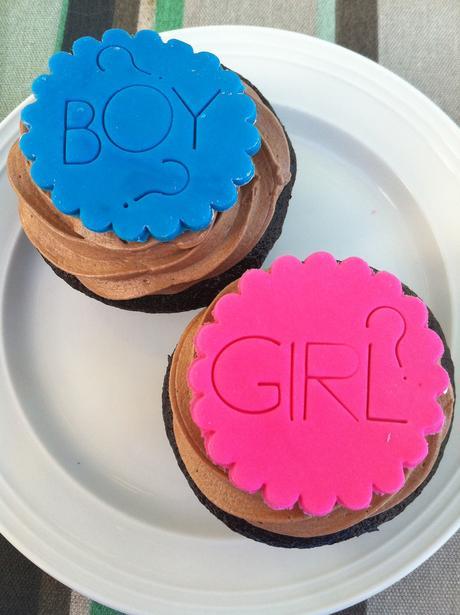
Why do we assign genders at birth?
“Is it a boy or a girl?” everyone asks immediately upon learning of a pregnancy or birth. It’s a question that dictates the name parents give their baby, determines the color they paint the nursery, and even catalyzes the shade of powder for a viral gender reveal at baby showers. But one Canadian family recently rejected this tradition: eight months ago, Searyl Atli Doty was born to a non-binary transgender parent by the name of Kori Doty, who declined to assign the baby a gender.
Searyl Atli was born outside of the medical system and was issued a health document that did not specify gender. The issued health card (a document that grants Canadians access to public health services) demarcated the baby’s sex with a “U,” to signify “unknown.” Doty, who is a member of Gender Free I.D. Coalition (GFIDC), an organization that seeks to remove gender/sex designations from forms of identification, has essentially chosen to let Searyl decide their own gender when they have developed their own understanding of gender identity. “I am not going to foreclose their choices based on an arbitrary assignment of gender at birth based on an inspection of their genitals,” Doty told CBC.
It appears that Doty did so to give Searyl the best possible chance to develop as a human first instead of based on a prescribed gender role. “When I was born, doctors looked at my genitals and made assumptions about who I would be, and those assignments followed me and followed my identification throughout my life,” Doty told CBC. But that assignment was inaccurate; Doty’s gender identity doesn’t match the one that was assigned at birth, and the false designation led others to make incorrect assumptions. Ultimately Doty “ended up having to make adjustments” — an experience that inspired Doty to give Searyl the option to avoid the typical gender norms and standards that are assigned to children whose genders are identified at birth.
Doty’s not the only parent who has made this choice. According to the Gender Free I.D. Coalition, there are currently eight instances (including Doty) of people seeking to remove a gender identification from a new birth certification by voicing their complaints to British Columbia’s Human Rights Tribunal. But this decision to exclude a designated gender on Searly’s birth certificate has inspired government opposition. Doty has since hired a lawyer, barbara findlay (who chooses not to capitalize their name), to begin a judicial review to upend the government’s denial of Searyl’s birth certificate. The overall argument they’re posing is that identification requiring a gender marker is a violation of the baby’s rights, “as a Canadian citizen to the life, liberty and security of the person.” Doty stated on findlay’s website that they are “thoroughly disappoint[ed] that they are choosing to ignore this, while fully aware of the risk of harm that this choice leaves on those impacted.”
Searyl’s case ultimately shows just how ingrained gendered norms still are. It’s undeniable that assigning a baby a gender at birth will come with a certain set of expectations for that child and correlating actions made by parents, even if relatively unconscious. Parents and other people in a child’s life teach them gender: We talk about and to babies differently based on whether we know they’re a boy or a girl, and we impose expectations of masculinity or femininity onto them. Then, there are people who are willfully ignorant about gender identity, like those who refuse to refer to others by their preferred pronouns because they find it mildly inconvenient to speak with an extra degree of sensitivity. Some of these people also fundamentally disagree with what Doty is doing; They seem to think Doty is making their child’s life harder, that it’s unfair to deny the baby an assigned gender because, presumably, there is no other way they could know how they identify.
But Doty seems to believe that abandoning the typical gender binary of male/female, masculine/feminine is the best thing they can do for their child. Doing so, Doty told CBC, allows this baby room for ‘self-determination’ of their own gender. “I want my kid to have all of the space to be the most whole, complete person that they can be,” they said.
The outcome of Doty’s case remains to be seen, but it’s clear Doty is a parent who wants the best for their child — and that alone should be celebrated.

